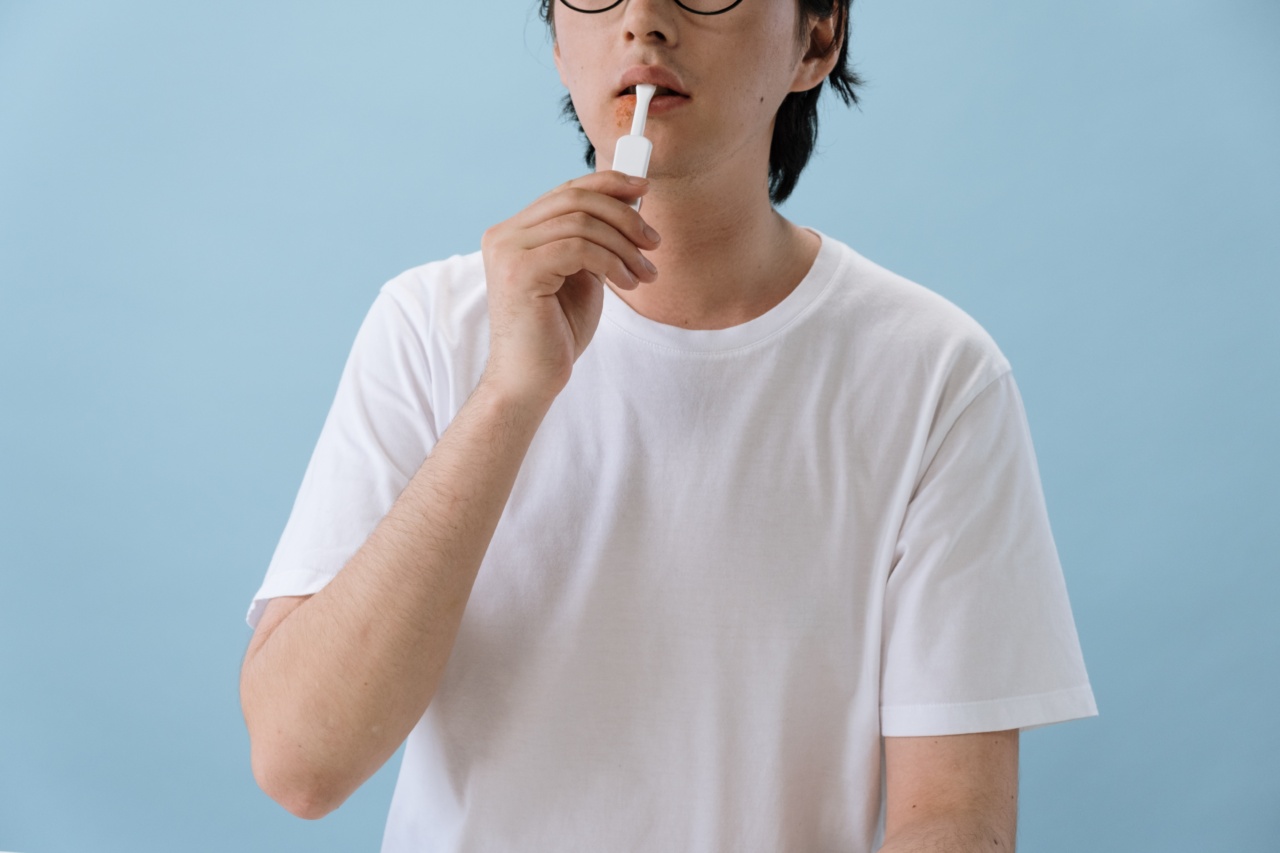Herpes is a viral infection that commonly affects the skin and mucous membranes. It is a highly contagious disease that can be transmitted through various means, including sexual contact, oral contact, and even from mother to child during childbirth.
While herpes usually manifests as cold sores on the mouth or genital region, there have been cases of tanning bed-induced herpes infections. In this article, we will explore the causes, symptoms, and treatment options for tanning bed-induced herpes infections.
Causes of Tanning Bed-Induced Herpes Infections
Herpes is caused by the herpes simplex virus (HSV), which exists in two forms: HSV-1 and HSV-2. HSV-1 is primarily responsible for oral herpes infections, while HSV-2 is related to genital herpes infections.
However, both types of viruses can potentially cause herpes infections in other areas of the body, including the skin.
When it comes to tanning bed-induced herpes infections, the primary cause is the exposure to the virus in an environment with poor hygiene.
Tanning beds are shared by different individuals throughout the day, and the UV radiation and warmth inside the bed create an ideal environment for the survival and transmission of the herpes virus.
Herpes can be spread through direct contact with an infected individual or by touching contaminated surfaces.
If an infected person used the tanning bed before you, there is a possibility of contracting the virus by coming into contact with their infected skin or contaminated surfaces.
It is worth noting that tanning beds themselves do not directly cause herpes infections. Instead, it is the lack of proper hygiene and precautions that increase the risk of transmission within such shared environments.
Symptoms of Tanning Bed-Induced Herpes Infections
The symptoms of tanning bed-induced herpes infections are similar to those of other herpes infections and can vary from person to person. Some common symptoms include:.
1. Blisters or Sores
Tanning bed-induced herpes infections can cause the development of fluid-filled blisters or painful sores on the skin. These blisters may appear anywhere on the body, depending on the areas that came into contact with the virus.
2. Itching and Burning Sensations
Infected individuals may experience itching and burning sensations in the affected areas. This discomfort can be quite intense and may worsen with exposure to heat or sunlight.
3. Flu-Like Symptoms
Some individuals may also experience flu-like symptoms, such as fever, headache, muscle aches, and swollen lymph nodes. These symptoms typically appear during the initial outbreak and may subside as the infection progresses.
Diagnosis and Treatment Options
If you suspect you may have tanning bed-induced herpes infection, it is essential to seek medical attention for proper diagnosis.
A healthcare professional will examine your symptoms and conduct tests, such as viral cultures or blood tests, to confirm the presence of the herpes virus.
Once diagnosed, the treatment options for tanning bed-induced herpes infections are similar to those for other forms of herpes infections. Here are some common treatment methods:.
1. Antiviral Medications
Antiviral medications, such as acyclovir, famciclovir, or valacyclovir, are commonly prescribed to manage herpes infections. These medications can help reduce the severity and duration of outbreaks, as well as prevent future outbreaks.
2. Pain Relief
Over-the-counter pain relievers, such as ibuprofen or acetaminophen, can help alleviate the discomfort associated with tanning bed-induced herpes infections. Applying cold compresses to the affected areas may also provide relief.
3. Keeping the Area Clean and Dry
It is crucial to keep the infected areas clean and dry to prevent further complications or secondary infections. Gently washing the area with mild soap and water and applying an antiseptic cream can help maintain proper hygiene.
Preventive Measures
Preventing tanning bed-induced herpes infections begins with adopting proper hygiene practices. Here are a few preventive measures you should consider:.
1. Personal Towel and Clothing
Always bring your clean towel or cloth to place on the tanning bed to create a barrier between your skin and the bed’s surface.
Additionally, wearing clean clothing can further minimize the risk of direct contact with potentially infected surfaces.
2. Sanitizing the Bed
Before using a tanning bed, make sure to sanitize it thoroughly. Wipe down the bed surface and handles with disinfectant wipes or sprays to minimize the transmission of viruses or bacteria.
3. Avoiding Direct Contact
Avoid direct skin-to-skin contact with other individuals who have visible signs of herpes infection. It is also wise to refrain from sharing personal items such as towels, clothing, or cosmetics that may have come into contact with an infected person.
Conclusion
Tanning bed-induced herpes infections are not a direct consequence of tanning bed usage itself but rather a result of poor hygiene and the transmission of the herpes simplex virus in this shared environment.
It is crucial to practice proper hygiene and take preventive measures to reduce the risk of contracting herpes or other infections while using tanning beds. If you suspect a tanning bed-induced herpes infection, seek medical attention for diagnosis and appropriate treatment.




























